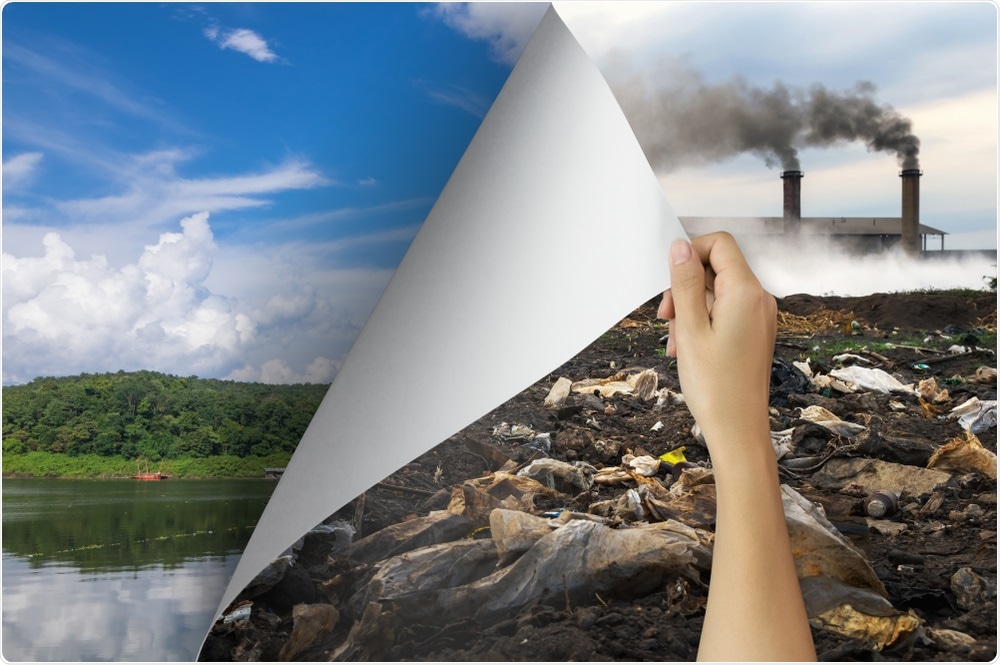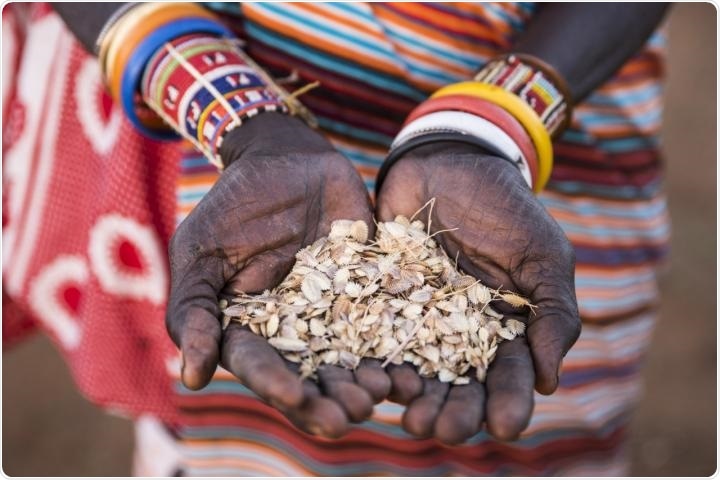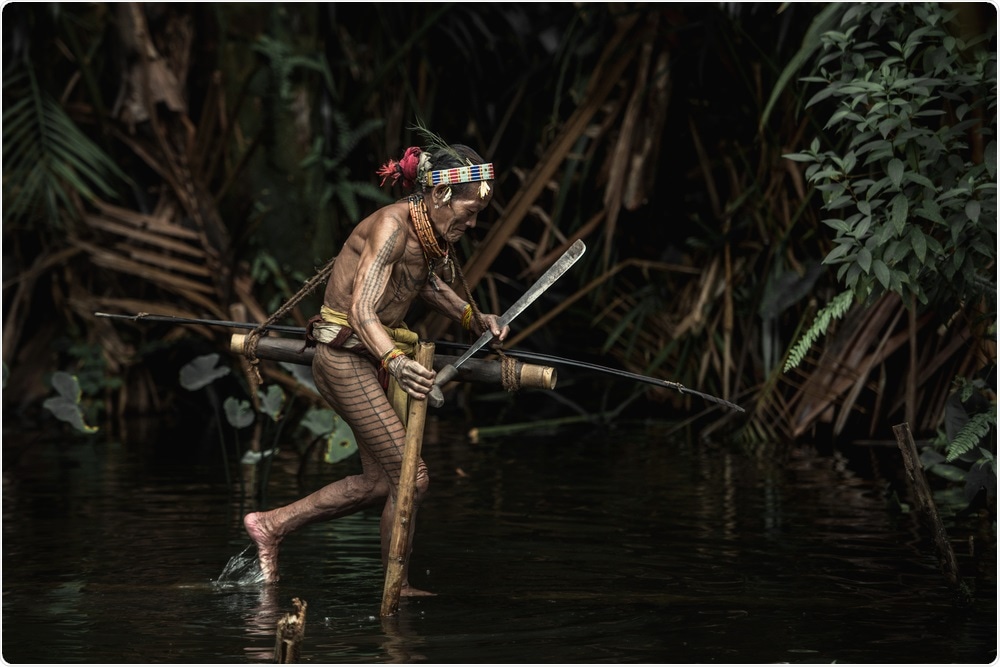AZoLifeSciences speaks to Professor Pamela McElwee on how grassroots knowledge from Indigenous people can help aid our understanding of environmental changes.
Why did you choose to research environmental changes?
The human impact of environmental change is a long-standing research interest of mine.
I have been working for more than twenty years, primarily in Southeast Asia, looking at the ways in which alterations of ecosystems have profound consequences for human well-being.

Image Credit: 24Novembers/Shutterstock.com
Why is it important to understand our rapidly changing world?
The current pandemic highlights one of the major risks of environmental change – viruses jumping the human-wildlife interface. There are several other risks – to our economies, to our agricultural production, to our health – that can be a result of environmental changes.
So it is important to stay on top of what we are doing to nature and to try to understand our human impacts.
One of the things that many people have noticed over the past few decades is how much more successful Indigenous peoples have been doing in terms of conserving biodiversity and adapting to environmental change; they either control, use, manage, or co-administer an estimated 25-28% of the world’s land area, and many studies have shown that they do a better job of conserving animals, habitats and ecosystems than adjacent lands.
So there are a lot of potential lessons to be learned there from wise management.
Can you describe how you carried out your research?
My co-authors and I were all contributors to the Intergovernmental Science-Policy Platform on Biodiversity and Ecosystem Services (IPBES) Global Assessment (GA), released in May 2019 to worldwide headlines about threats to species and ecosystems on which people depend.
This report was the first global ecological assessment to systematically draw on Indigenous and Local Knowledge (or ILK) as part of its work. ILK has been defined as “knowledge and know-how accumulated across generations, which guide human societies in their innumerable interactions with their surrounding environment”.
ILK comes in many forms, from oral histories to written reports to art and song, and is tremendously important in helping manage ecosystems, conservation initiatives, and resource-dependent economies.
What did you discover?
Our primary finding is that scientists and Indigenous communities working together are needed to understand our rapidly changing world, and ILK can make a big contribution to that.
Our study highlights different ways in which ILK is helpful for applied ecological studies, ranging from monitoring ecosystem changes to managing lands and species to setting targets and policies.
While ILK influences decisions about management at local levels, it is also important for scientific understanding on a global scale.

Maasai communities in Kenya contribute to successful reforestation projects by using their Indigenous knowledge. Photo by Joan de la Malla.
Can you describe some of the indicators that were developed by indigenous people to monitor environmental changes?
There are a number of indicators of ecosystem change embedded in ILK that we aggregated to provide trendlines of change.
We collected more than 300 indicators developed by Indigenous people to monitor ecosystem change, and most revealed negative trends, such as increased invasive species or changes in the health of wild animals.
For example, the condition of wild animals appears to be deteriorating and their sizes decreasing in some areas, which are observable through looking at fat in hunted prey.
How can this knowledge from indigenous people help to monitor ecological changes globally?
Many Indigenous peoples have unique abilities to notice ecosystems altering before their eyes by using these local indicators. We call these indicators ‘biocultural’ which means they reflect both biologically and culturally important data.
For example, some Indigenous communities have particularly important cultural practices around specific plants or animals, such as sources of medicine, and therefore declining plant populations as a result of climate change would have both biological and cultural impacts.
Why are scientists unable to carry out such detailed research and observations into these indicators?
Scientists are not always able to perform these kinds of detailed observations over the long run for many reasons, including the high costs of consistent monitoring and the remoteness of some areas.
So Indigenous knowledge is absolutely essential for understanding the cumulative impacts of biodiversity loss and ecosystem degradation in places where scientists are not on the ground, and in other places, scientists and Indigenous communities can work together to co-produce valuable data.

Image Credit: CW Pix/Shutterstock.com
Do you believe that if scientists and Indigenous people were able to work together, we could help improve scientific studies into environmental changes?
We believe that successfully working with ILK and science together requires a deliberate approach from the start; this approach needs to recognize different knowledge systems and engage with networks of stakeholders reflecting diverse worldviews. It also takes extra money and time to do this right.
In return, fostering inclusion of ILK and partnering with Indigenous communities can help scientists better understand how natural and cultural systems co-produce each other, identify trends of change through diverse biocultural indicators, and improve sustainable development goals and policies for all. We are very optimistic that it is a win-win.
What are the next steps in your research into environmental changes?
I am returning to some research in Southeast Asia later this year when travel restrictions are lifted to work in Indonesia, Myanmar, and Vietnam on assessments of bio-culturally valuable ecosystem services in different communities.
Where can readers find more information?
A summary of our paper can be found here: https://www.eurekalert.org/pub_releases/2020-07/ru-ipv072420.php
The paper can be accessed directly here: https://besjournals.onlinelibrary.wiley.com/doi/full/10.1111/1365-2664.13705
About Professor Pamela D. McElwee
Pamela D. McElwee is an Associate Professor of Human Ecology at the School of Environmental and Biological Sciences, Rutgers University, New Brunswick, NJ. She is trained as an interdisciplinary environmental scientist, with a joint Ph.D. in forestry & environmental studies and anthropology from Yale University.
She has authored more than 60 scientific papers, book chapters, and policy reports, as well as an award-winning book, Forests are Gold: Trees, People and Environmental Rule in Vietnam (U of Washington Press, 2016). Her research has been funded with grants from the National Science Foundation and MacArthur Foundation, and in 2019 she was named an Andrew Carnegie Fellow.
She has served as a lead author for both the Intergovernmental Panel on Climate Change Special Report on Climate Change and Land (2019) and the Global Assessment of the Intergovernmental Science-Policy Platform on Biodiversity and Ecosystem Services (2019).